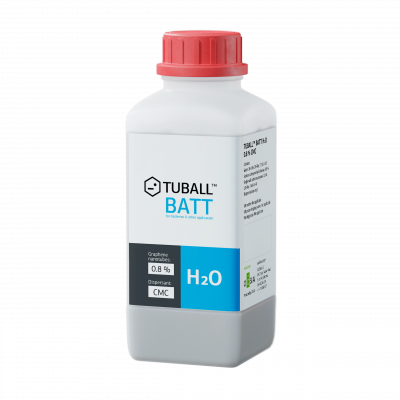
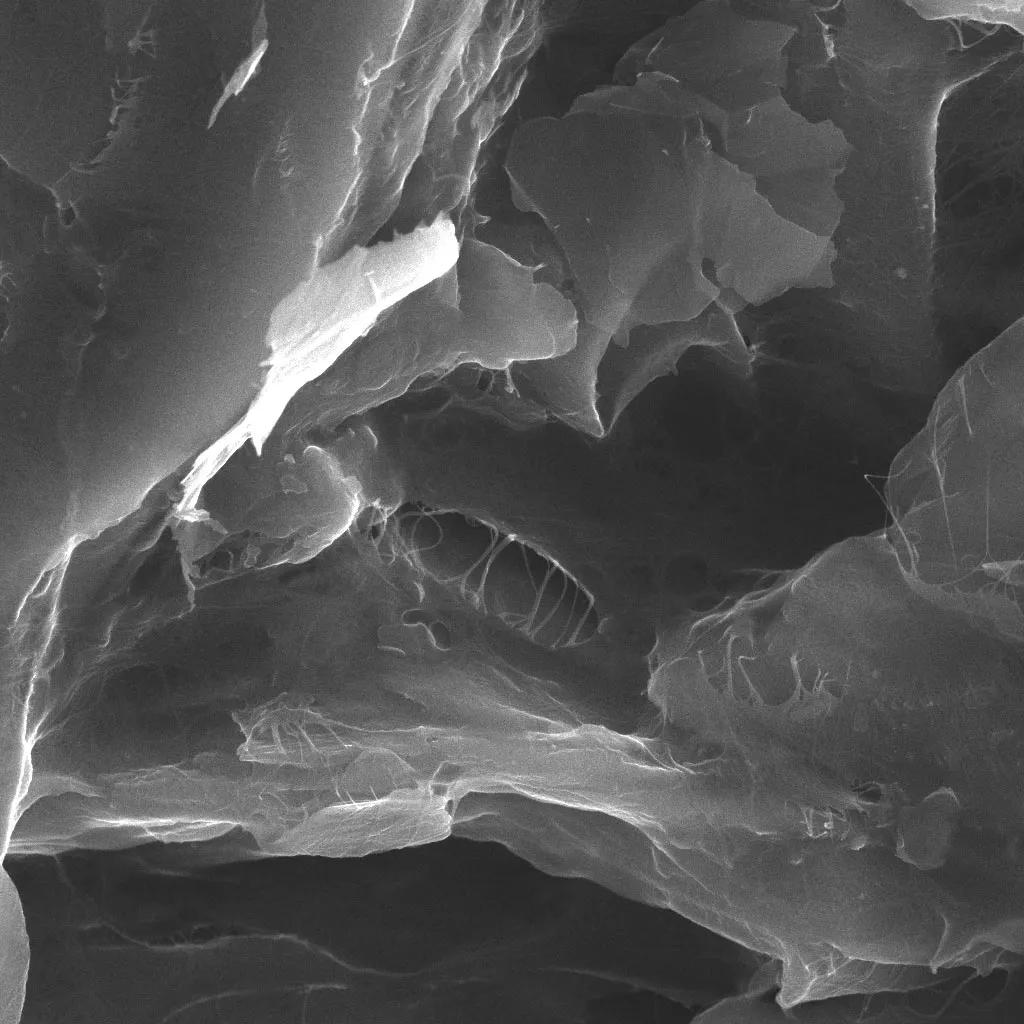
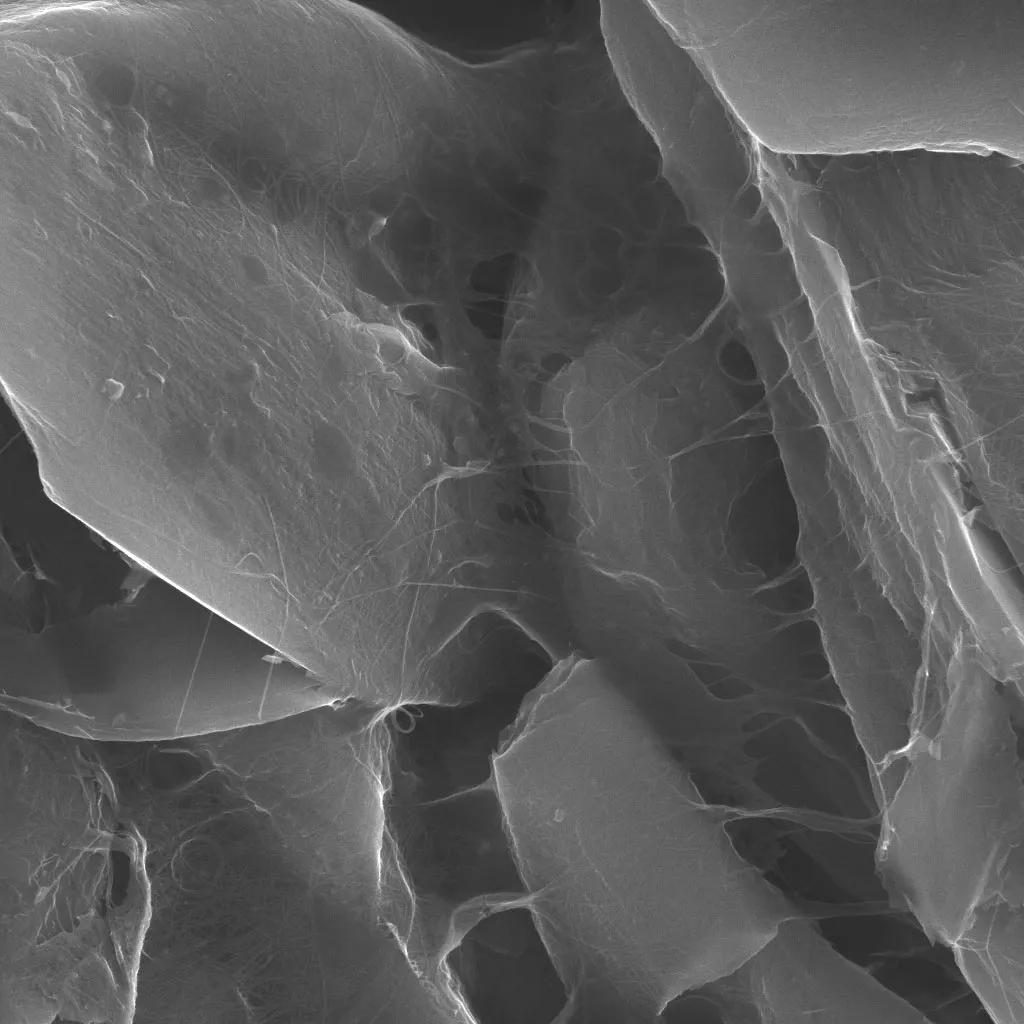
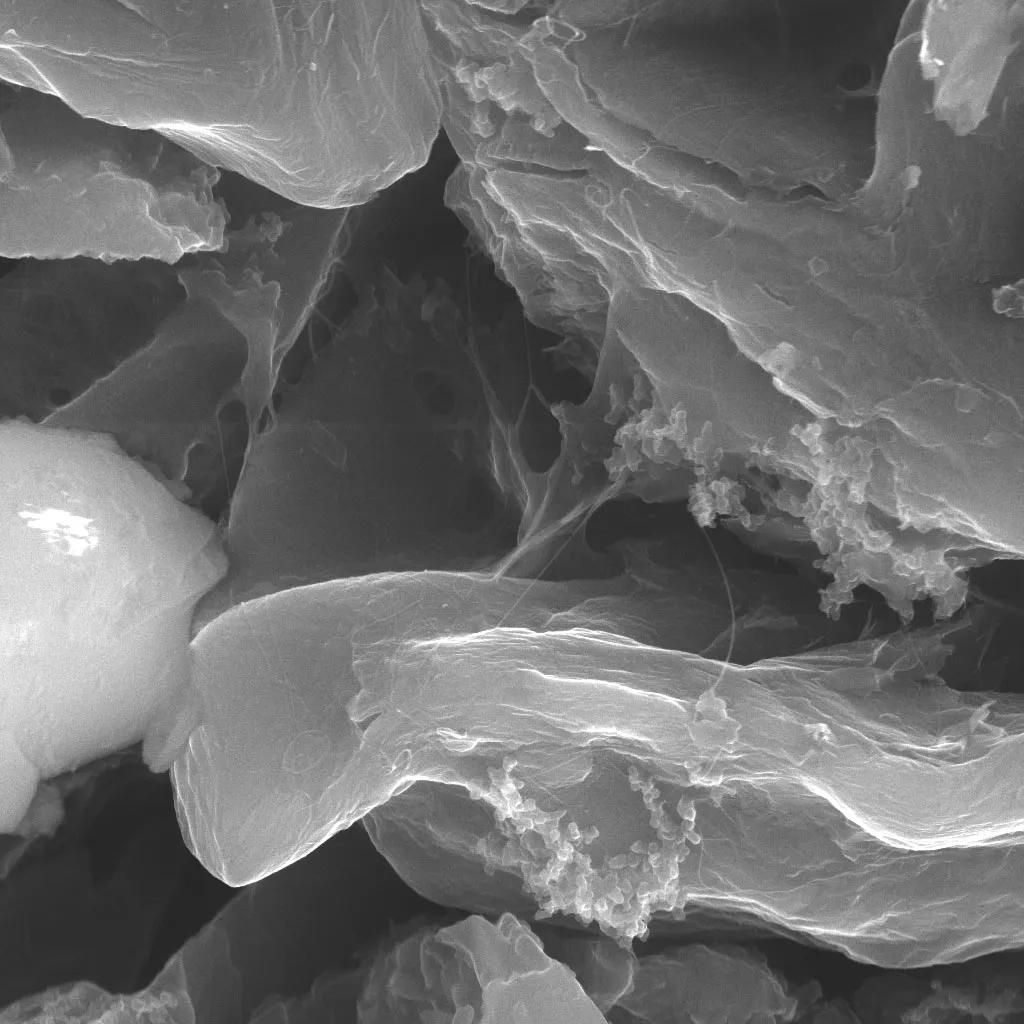
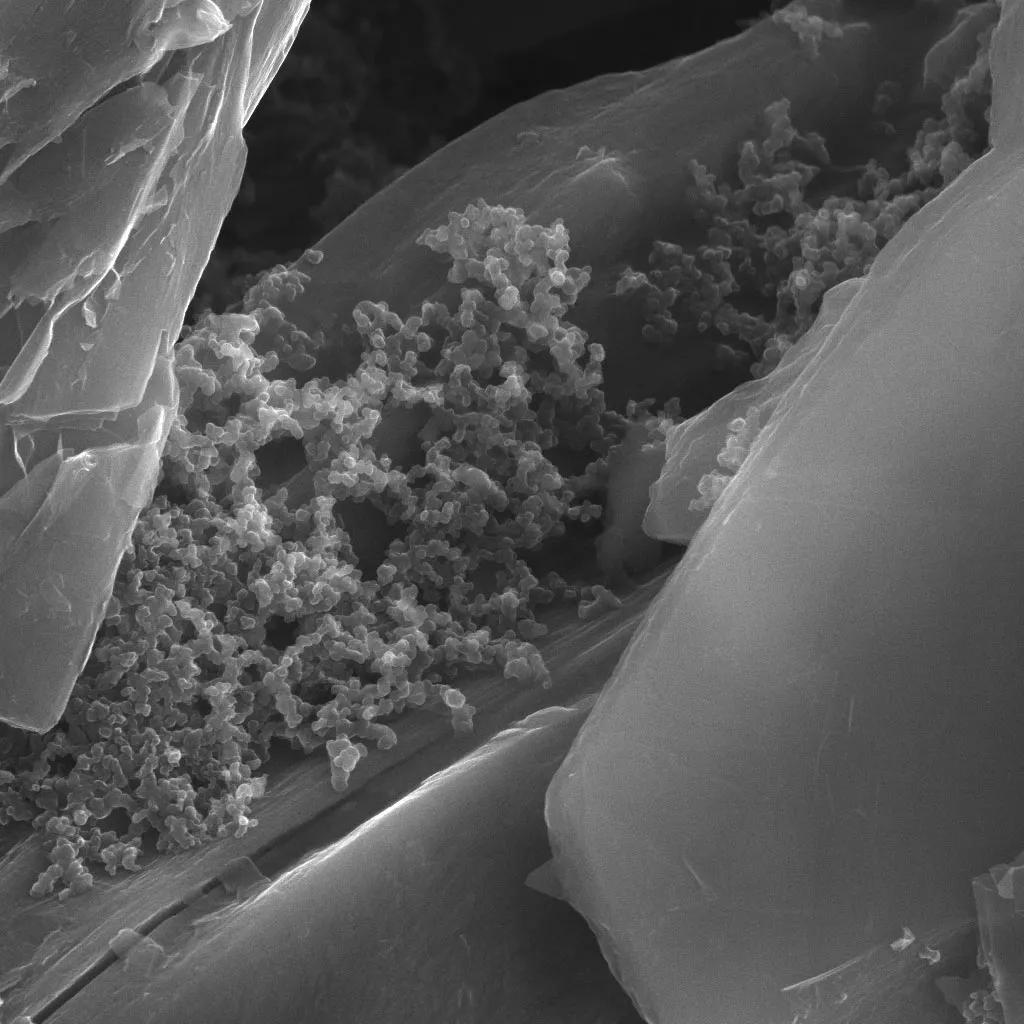
TUBALLBATT H2O
TUBALL™ BATT H2O is an ultrafine TUBALL™ nanotube dispersion in water for high-energy Si anodes. It creates a robust network inside the Si anode and solves the problem of its degradation, allowing Li-ion battery makers to use record high quantities of silicon in the recipes of their cells for the first time and reach the desired energy density targets, as well as unlocking fast-charging capabilities.
The price of our nanotube products is determined by the quantity. Reach out to us for a personalized offer.
Benefits
20% Si/C anodes with up to 600 mAh/g of capacity thanks to TUBALL™ BATT H2O result in a battery cycle life acceptable to the modern EV industry
Boosts energy density up to 300 Wh/kg and 800 Wh/l due to enabling Si anodes
Up to 4C charge rate achievable due to high silicon content enabled by TUBALL™
Makes it possible to retain >80% capacity after 1,500 cycles